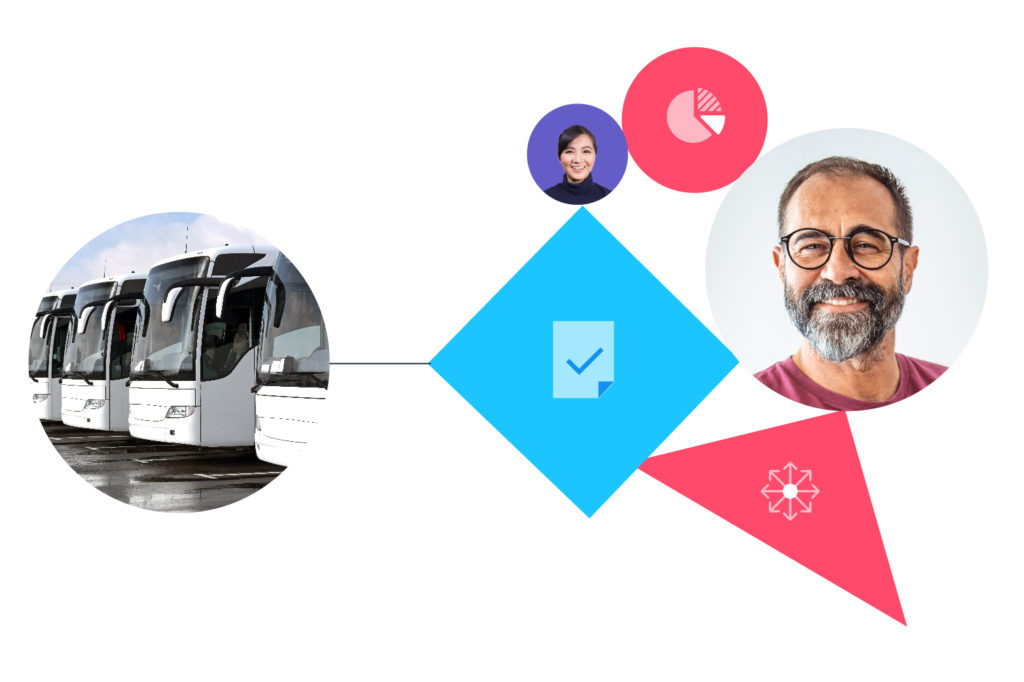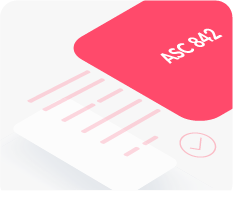
Building a lease accounting compliance plan
By
EZLease team
If your department was changing office locations, would you wait until moving day to pack and figure out who has each office? Most likely, you would build a detailed plan to handle the logistics. The same goes for your lease accounting compliance project. By considering the resources you’ll need, where your lease data is located, and who will manage the project on an ongoing basis, your project will go more smoothly. Building an understanding of the people, controls and processes involved with your lease accounting plan will make the project easier.
A common scenario
Let’s look at a healthcare management company scenario. The company has two real estate leases and a few IT leases and didn’t think they would need a specialized software due to the small number of leases. They created a spreadsheet to help get them through the initial adoption process. However, the lease contracts were being updated frequently and substantially across their organization. They realized quickly that their spreadsheet couldn’t keep up. The lease portfolio doubled within the next 12 months, making it clear they needed to adopt a more effective lease accounting tool.
Here is what they learned:
- Understanding the size and complexity of your lease portfolio is critical to ensure that the plan remains on track.
- Consider future lease portfolio growth during your planning process.
- Consider how you’ll manage and control the leasing process across your organization.
- For small lease portfolios, spreadsheets can help you get started, but lack the controls, automation and audit trail needed for the future.
Adopting lease accounting software
It’s no secret that technology is an important part of the lease accounting process. Lease accounting software can provide a centralized repository, automate data validation, and produce journal entries and disclosures automatically. Software makes it so your team doesn’t have to know all the ins and outs of the standards (EZLease was made by experts to help reduce stress/strain on accounting teams). Technology can also accelerate audit readiness for the lease accounting plan. However, you’ll still need to consider what internal and external resources you’ll need.
Key data fields
When building a lease accounting plan, it is important to have an understanding for key data that is critical for compliance. The number of leases, start and end date of the lease, the income-based repayment, economic life, fair value, and rent information of a lease are terms that help to better understand the condition of a lease portfolio. Capturing accurate data for lease accounting is critical to ensure that not only are operations running smoothly, but lease accounting statements are complete and ready for auditing.
Some special terms for accounting data help to understand the lifecycle of a lease. Lease incentives, initial direct costs, guaranteed residual value, deferred rent rollover, salvage value, and variable payments are all worth considering at the beginning and during the lifecycle of a lease. It is important to know and understand a lease’s renewal options and end-of-term events to formulate future action regarding the lease.
The timeline of your lease accounting project can be planned into three steps:
- Assessment – Assess your resources, controls, and processes and where you are before the plan even begins.
- Resources: How many people will be assigned? What is the required training needed for your staff? Who will be doing specific tasks?
- Controls: Who will have access to software operations? Who will make changes to lease input? Who will manage the progress of the software? By laying out the rules you’ll use to manage to the standard, you can avoid issues in the future.
- Processes: How are you going to run a close? Who will generate the reports? These would be done manually if you use a spreadsheet which creates an opportunity for mistakes. How will you prepare for auditing?
- Design – Produce a detailed project plan based off the findings in the previous assessments. You’ll need to decide whether you’ll take on the project yourself or look for outside training or help.
- Implement – Map out how the findings from the previous steps can be put into action. This includes accounting policies, disclosures, controls, delivering a complete lease listing, and ongoing compliance.
Be prepared for an audit
Once a plan is completed it is time to prepare for your first audit. To make that easier, here is a list of what auditors typically require:
- Inventory of all leases that includes start date, end date, present value of lease payments, payment schedule, interest rate
- Copies of lease agreements and contracts
- Support for interest rate used
- Lease accounting policy and procedures, including your capitalization threshold
- Journal entries to establish right to use assets and lease liabilities
- Lessors: Schedules for lease receivables and deferred inflow of resources
- Lessees: Amortization schedules for right-to-use assets and lease liabilities
- Lessees: Leased asset roll forward schedule, including current year amortization and accumulated amortization
By building your plan around the resources, controls and processes you’ll need to comply with the lease standards, you’ll be ready for approval from your auditor. For more guidance on choosing the right tool to help, visit our buying guide page.



